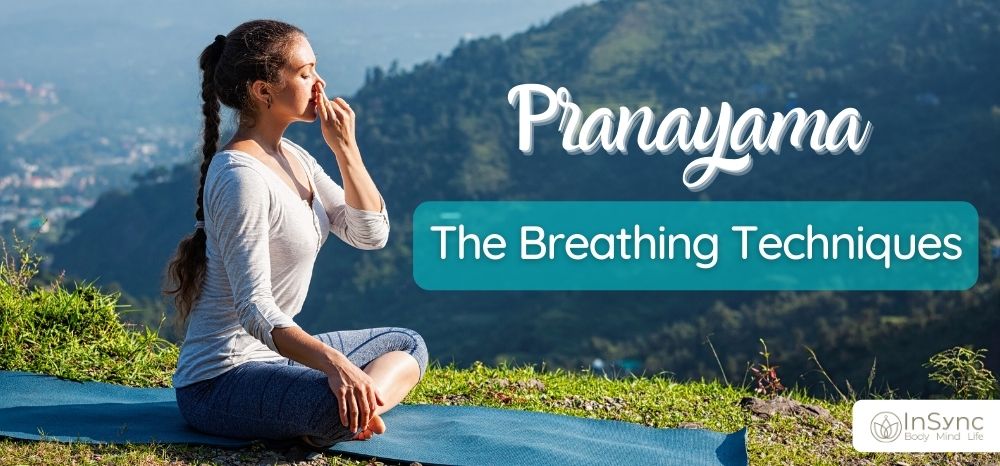Yin Yoga: A Scientifically Proven Path to Relaxation, Flexibility, and Energy Balance
Keywords: Yin Yoga benefits, best yoga for flexibility, yoga for stress relief, yoga therapy, mindfulness and yoga, fascia release yoga
Introduction
Yin yoga is a deeply calming and transformative yoga style that focuses on long-held poses, connective tissue engagement, and stress relief. Unlike more dynamic (yang) styles, yin yoga targets the fascia, joints, and deep connective tissues, providing profound physical, mental, and energetic benefits.
What Is Yin Yoga and How Is It Different?
Rooted in Traditional Chinese Medicine (TCM) and Taoist philosophy, yin yoga emphasizes balance between yin (passive, cool, inward) and yang (active, warm, dynamic) energies.
Unlike fast-paced styles like Ashtanga or Vinyasa, yin yoga involves holding poses for 3–10 minutes, allowing for deep tissue engagement and energy flow.
Scientifically Proven Benefits of Yin Yoga
- Joint and Bone Health
According to Wolff’s Law, bones strengthen when subjected to mild stress. Yin yoga promotes joint lubrication, ligament health, and helps prevent osteoporosis.
- Fascia Flexibility and Mobility
Yin yoga improves fascia elasticity, reduces stiffness, and enhances mobility, making it a valuable practice for athletes and those with chronic tension.
- Stress Reduction and Nervous System Regulation
This practice activates the parasympathetic nervous system, reducing stress responses, improving sleep, and balancing relaxation hormones.
- Hormonal Balance and Mood Enhancement
Yin yoga lowers cortisol (stress hormone), regulates serotonin (mood booster), and increases melatonin (sleep hormone), supporting emotional well-being.
Energetic Effects of Yin Yoga
According to TCM, yin yoga stimulates meridian pathways, improving energy flow and supporting organ health. Each posture targets specific meridians, enhancing overall energetic balance.
Who Should Practice Yin Yoga?
- Individuals with chronic stress and anxiety
- Athletes looking to improve flexibility and recovery
- People with joint pain or muscle stiffness
- Those seeking better focus and mindfulness
- Anyone interested in meditation and deep relaxation
20-Minute Yin Yoga Sequence
- Butterfly Pose – 5 minutes
- Reclining Twist (each side) – 3 minutes
- Happy Baby Pose – 3 minutes
- Tortoise Pose – 5 minutes
- Savasana – 4 minutes
Conclusion
Yin yoga is an effective and scientifically backed practice for enhancing flexibility, reducing stress, balancing hormones, and improving sleep quality. If you’re looking for a gentle yet transformative yoga practice, yin yoga is the perfect choice.






 No products in the cart.
No products in the cart.